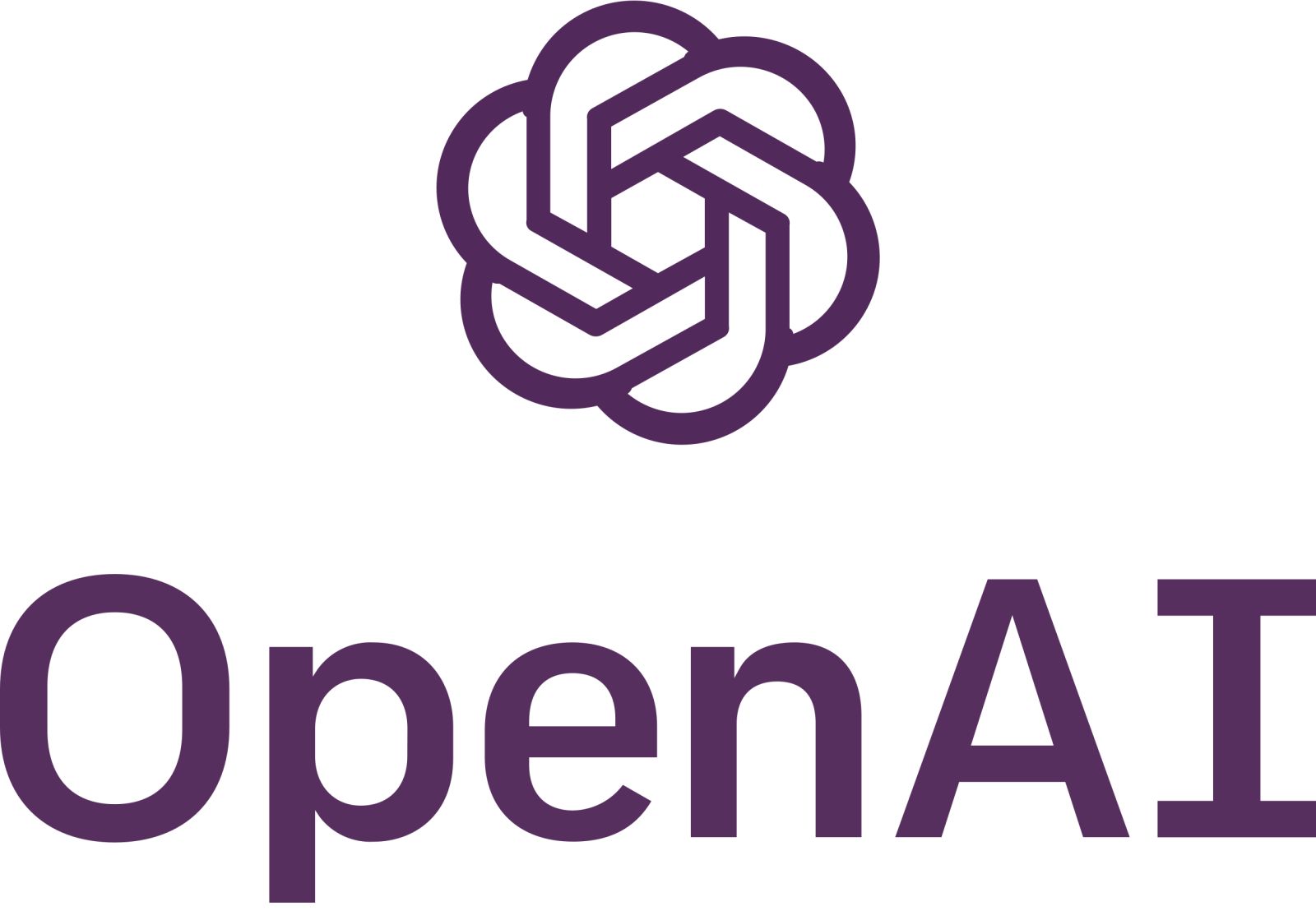Introduction
OpenAI has announced an ambitious milestone: achieving a fully autonomous AI researcher by 2028. During a livestream, CEO Sam Altman and Chief Scientist Jakub Pachocki outlined a roadmap showing significant advances in deep learning systems, from an internal research assistant to a completely automated entity capable of managing large-scale research projects independently.
OpenAI's Pathway to Autonomous AI Research
OpenAI maps a two-stage trajectory. The first targets an intern-level research assistant by September 2026, followed by a fully autonomous version by 2028. According to Pachocki, this "system will be capable of autonomously delivering on larger research projects," representing a qualitative leap in machines' ability to operate in complex domains.
Compute Strategy and Algorithmic Innovation
Achieving these milestones rests on two core strategies: continuous algorithmic innovation and dramatic increases in "test time compute"—essentially the computational time models dedicate to thinking through problems. Current models handle tasks within a roughly five-hour time horizon and already match top human performers in competitions like the International Mathematical Olympiad. Pachocki anticipates rapid expansion of this horizon.
For major scientific breakthroughs, OpenAI believes dedicating entire data centers' computing power to a single problem is justified, accelerating the pathway to transformative discoveries.
Legal Restructuring and Capital Infrastructure
OpenAI's transition to a public benefit corporation, announced the same day, reflects commitment to funding this ambition. The new structure enables more aggressive capital raising, freeing the company from constraints rooted in its non-profit origins. OpenAI has already committed to 30 gigawatts of infrastructure, representing a $1.4 trillion financial obligation over the coming years.
Critically, the non-profit OpenAI Foundation will retain 26% ownership of the for-profit entity and direct research strategy. The foundation has also secured $25 billion to deploy for disease cure research via AI, overseeing AI research and safety initiatives.
"We believe that it is possible that deep learning systems are less than a decade away from superintelligence."
Jakub Pachocki, Chief Scientist, OpenAI
Implications for Scientific Research
If realized, an autonomous AI researcher could revolutionize the pace of scientific innovation. Anticipated benefits include:
- Accelerated discoveries in medicine, physics, and technology development
- Capability to tackle problems beyond current human competency
- Compressed research-to-deployment timelines in critical sectors
- Potential for incremental breakthroughs difficult to achieve manually
Superintelligence: The 2030+ Horizon
Pachocki also referenced an even more ambitious target: superintelligence within the coming decade. Defined as systems "smarter than humans across a large number of critical actions," it would represent an inflection point in AI history.
Altman emphasized that the new structure creates a framework to sustain this aggressive timeline while maintaining commitment to responsible AI development, balancing technological ambition with ethical considerations.
FAQ
When will OpenAI achieve an autonomous AI researcher?
OpenAI targets a fully autonomous AI researcher by 2028, with an interim milestone (intern-level research assistant) set for September 2026.
What distinguishes an AI research assistant from an autonomous AI researcher?
An AI research assistant will handle specific, supervised tasks, whereas an autonomous AI researcher will independently deliver entire projects at scale.
What strategies enable OpenAI's autonomous AI researcher goals?
Two primary approaches: continuous algorithmic innovation and dramatic increases in "test time compute," allowing models to allocate more computational resources to complex problems.
How much will OpenAI invest in AI researcher infrastructure?
OpenAI has committed to 30 gigawatts of infrastructure, representing a $1.4 trillion financial obligation over the coming years.
What governance role does the non-profit OpenAI Foundation hold?
The non-profit Foundation retains 26% of the for-profit entity, directs research strategy, and manages $25 billion allocated for AI-driven disease research and safety initiatives.
What does superintelligence mean in OpenAI's context?
According to Pachocki, superintelligence refers to systems smarter than humans across a wide range of critical tasks, projected to emerge within less than a decade.
